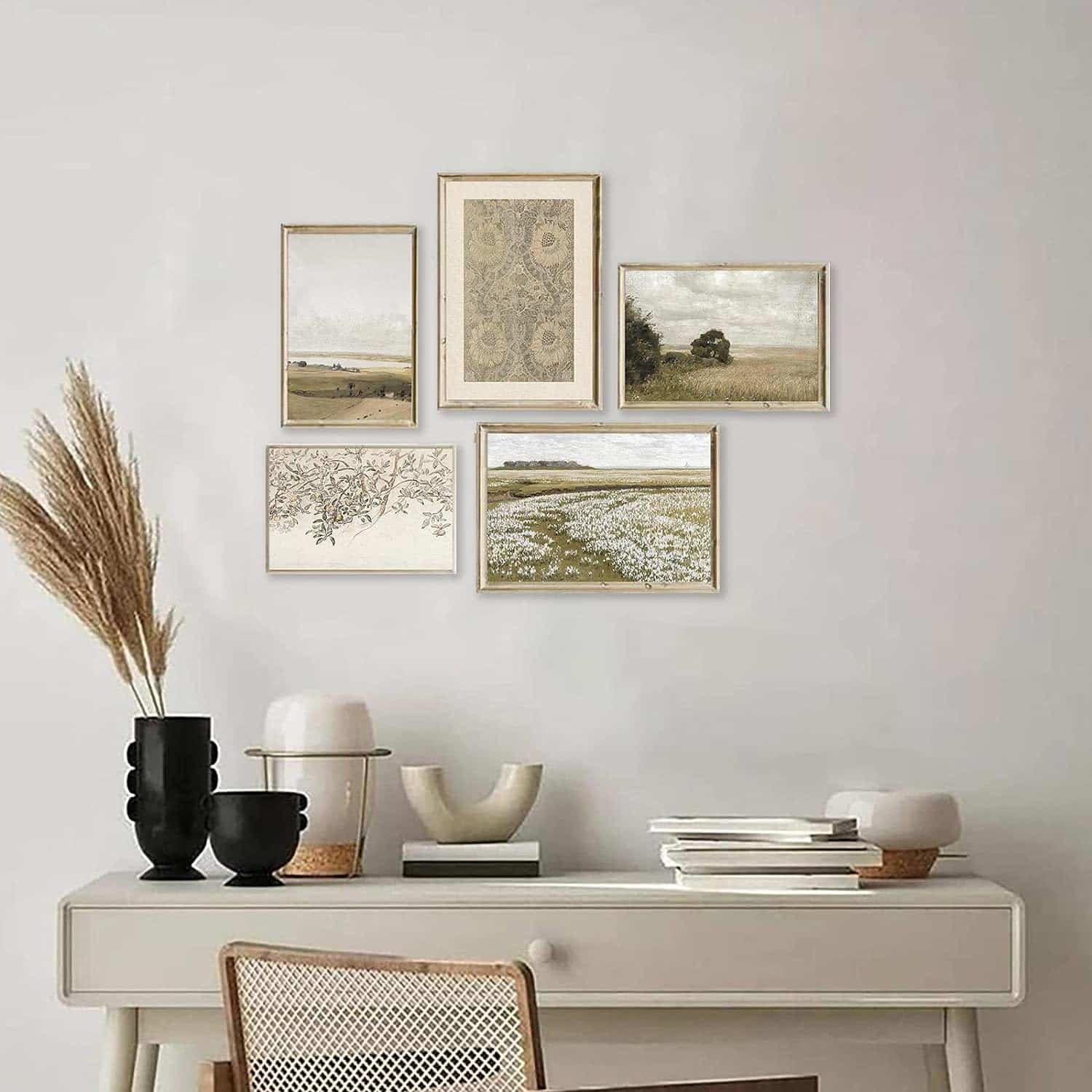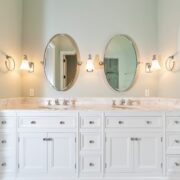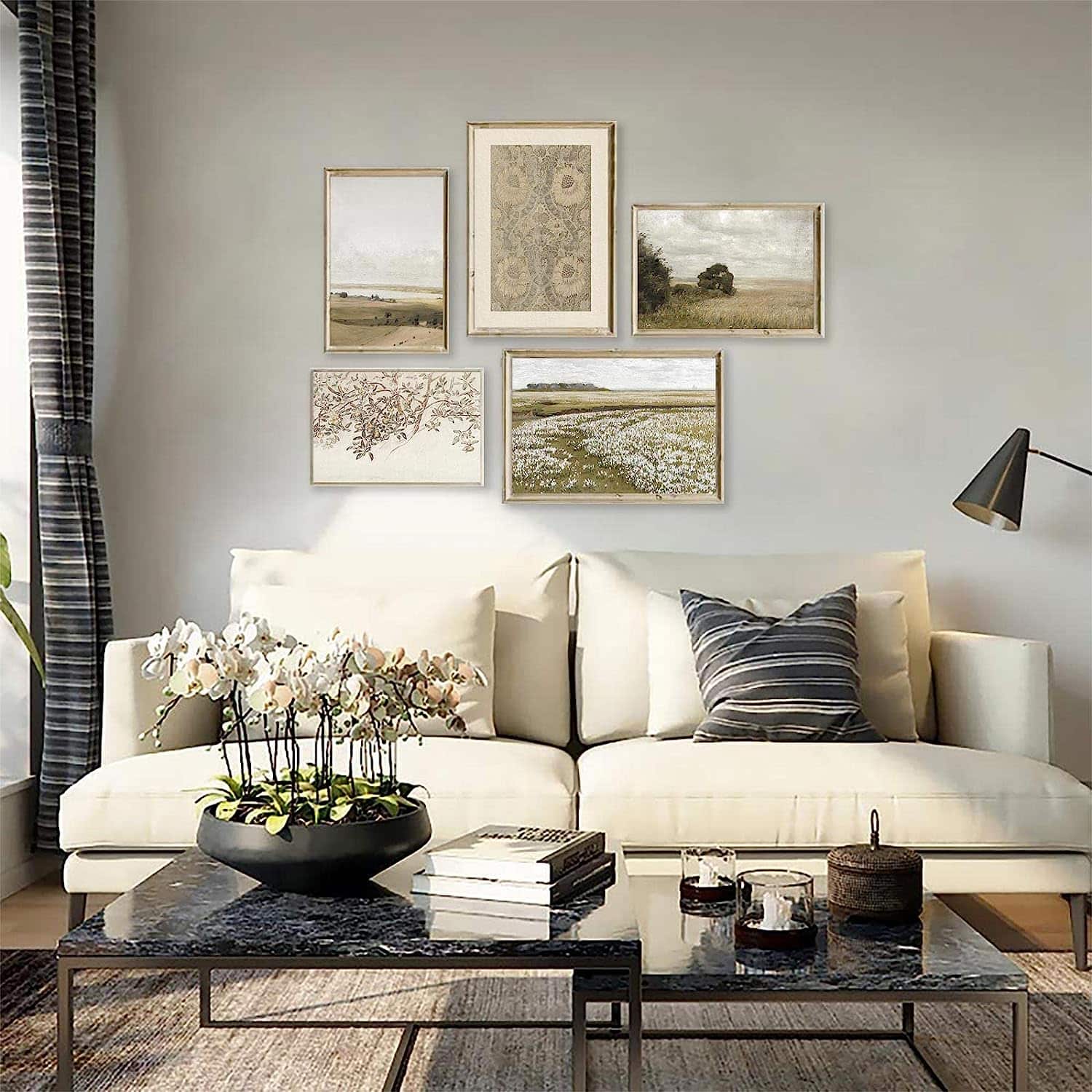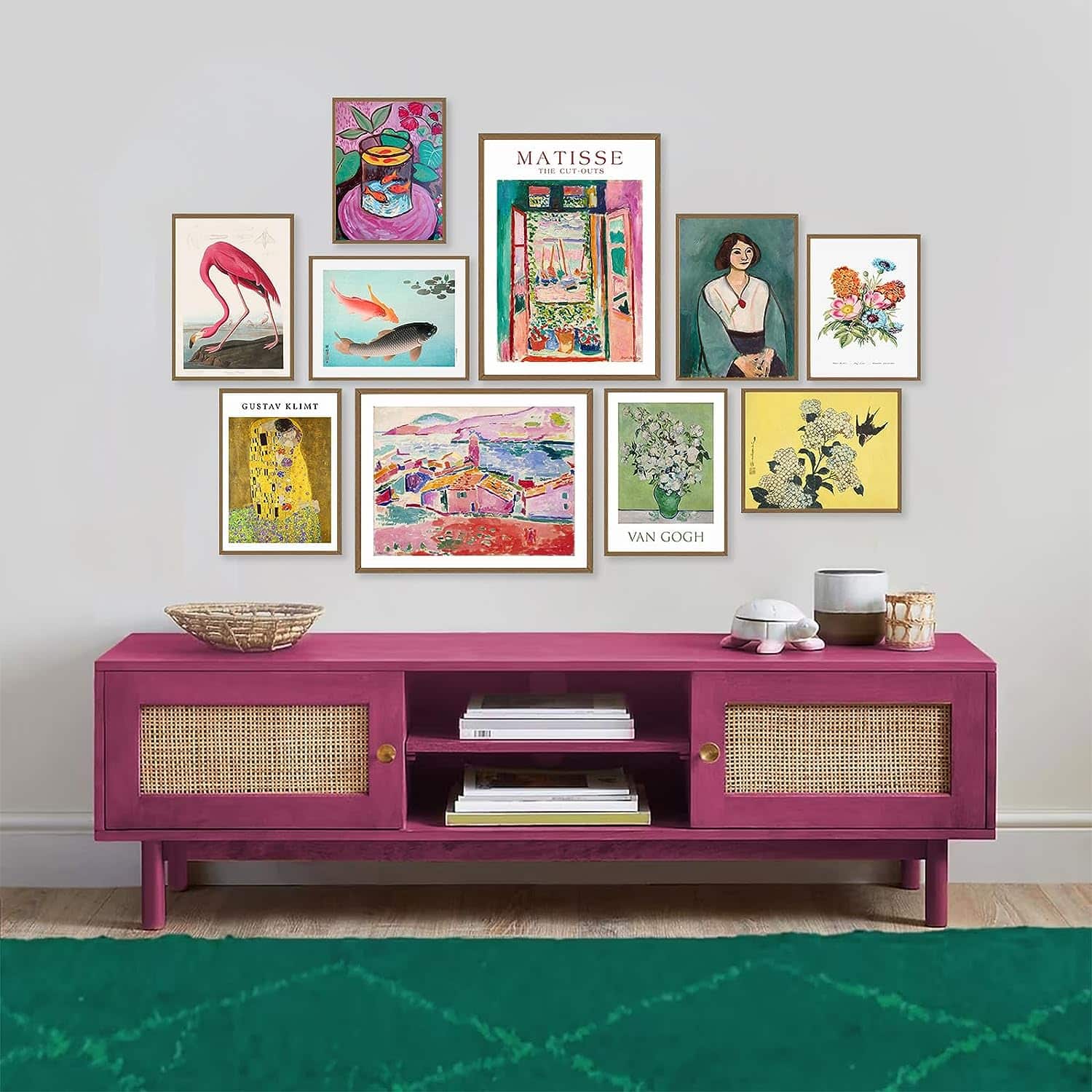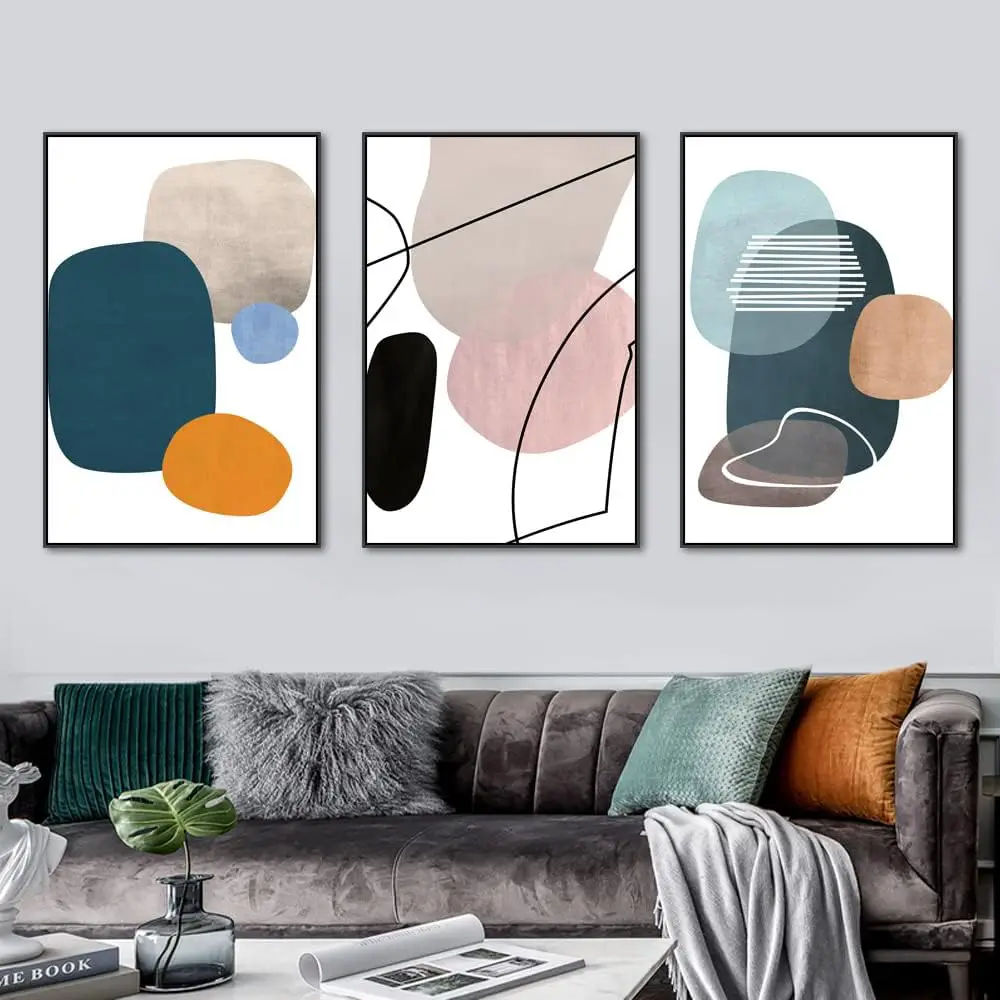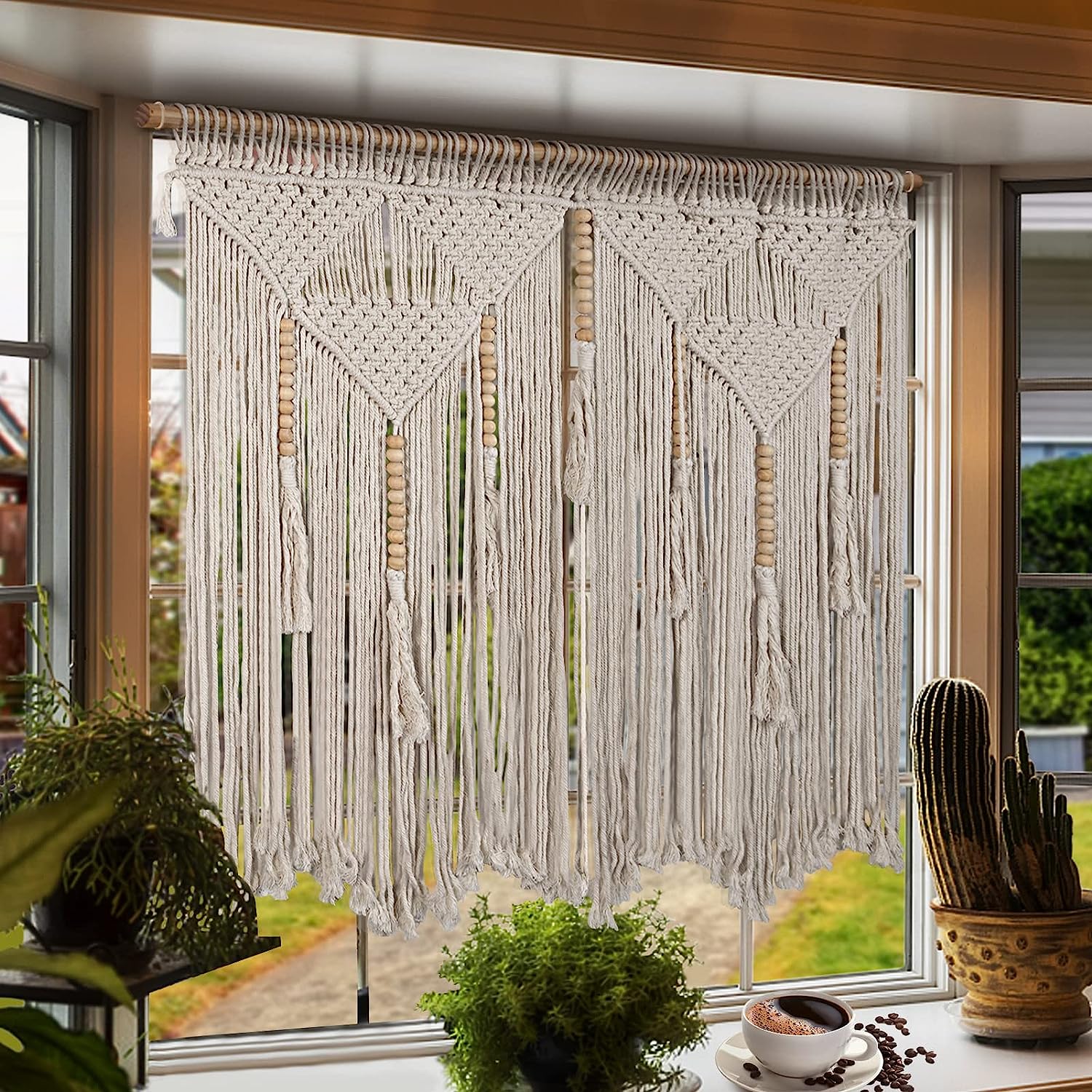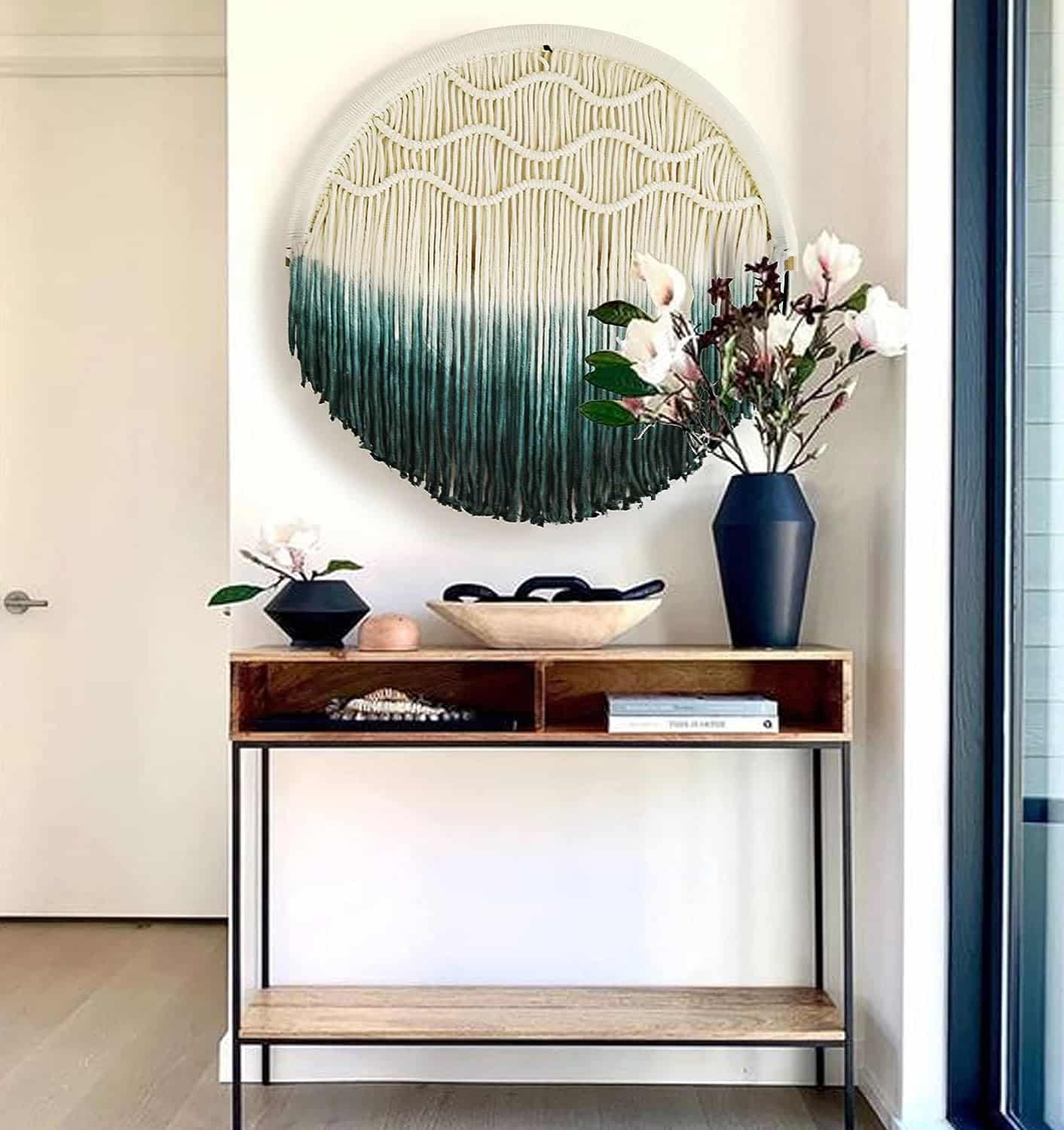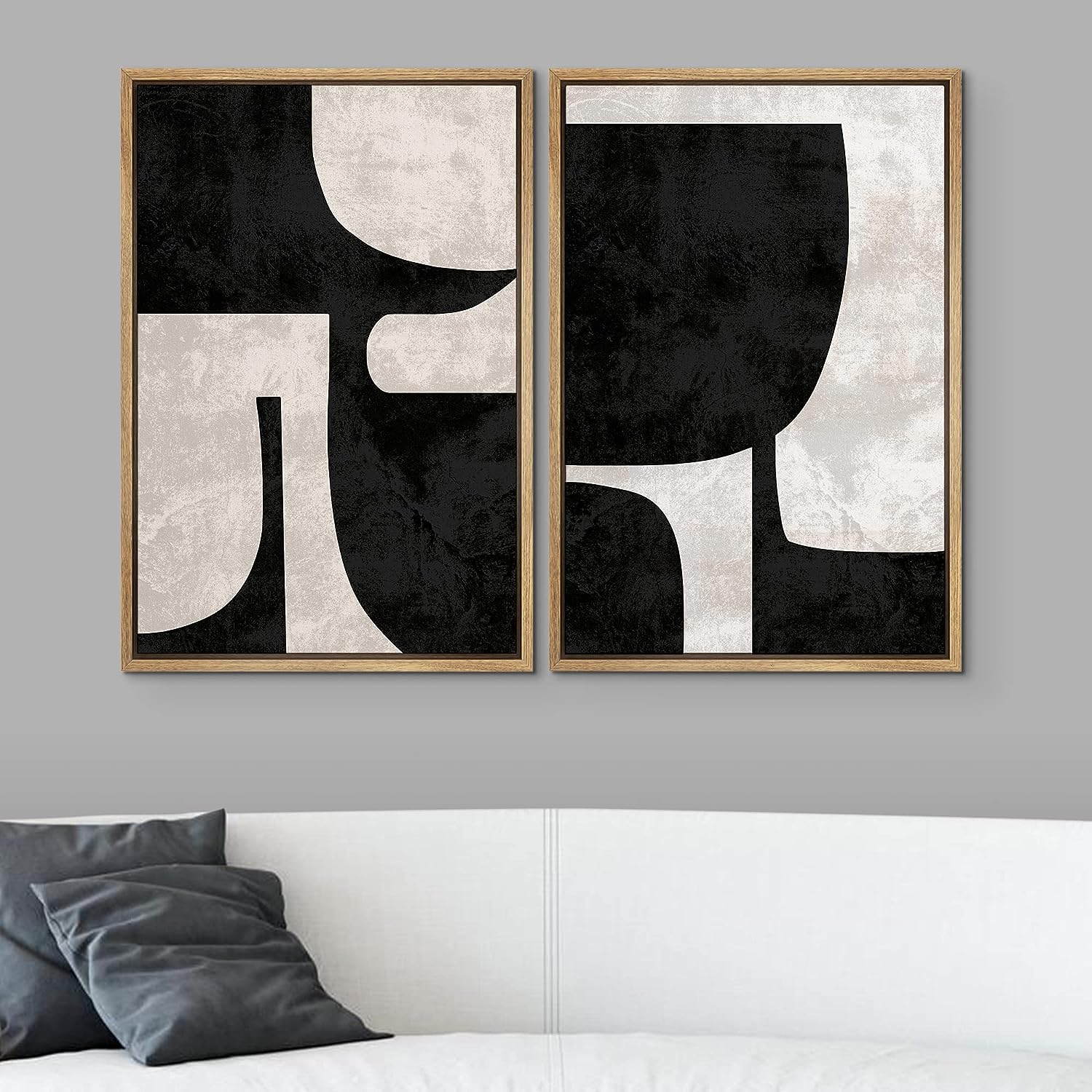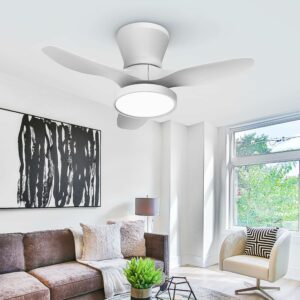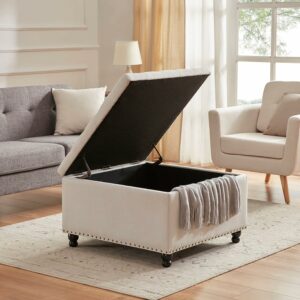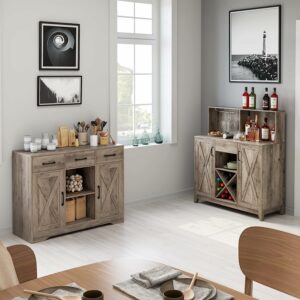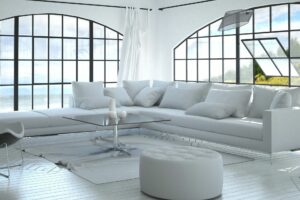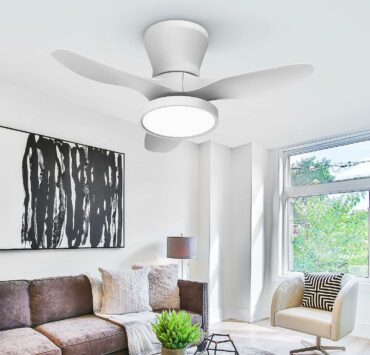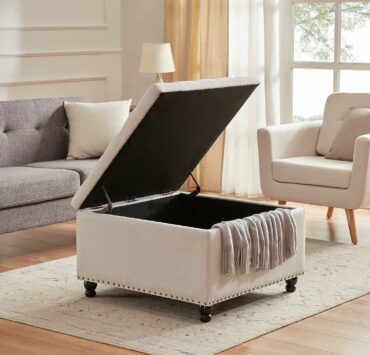Your living room is the heart of your home, and living room art can be the pulse that infuses it with personality, character, and emotion.
The living room is where families gather, friends socialize, and individuals relax. Integrating living room art is not just about aesthetics; it’s about expressing identity, setting a mood, and even influencing the mindset of its occupants. As you embark on the living room design or even contemplate remodeling, understanding how to incorporate art can transform the entire atmosphere.
Types of Art Suitable for Living Rooms
- Traditional Paintings: From serene landscapes to classic portraits, traditional paintings bring a timeless appeal.
- Abstract Art: Ideal for contemporary settings, abstract pieces introduce colors, shapes, and textures that provoke thought and conversation.
- Photographs: High-quality, framed photographs, whether black & white or in color, capture moments, places, or themes significant to the homeowner.
- Sculptures: Adding a three-dimensional perspective, sculptures can be strategically placed on tables, shelves, or pedestals.
Choosing Paintings that Resonate
The right painting can either anchor the room or provide a burst of contrasting color. It’s essential to choose one that not only complements the room’s color scheme but also its ambiance. For instance:
- Vast landscapes are excellent for spacious living rooms, creating an illusion of depth and expansiveness.
- Bold abstracts can break the monotony in a minimalist space, adding visual interest.
- Delicate watercolors might offer tranquility in a chaotic, busy setting.
Marrying Art Styles with Home Interiors
Art is an extension of personal style, and the decor of your home is a reflection of your tastes. To create a cohesive and harmonious living space, pairing the right art style with your home’s design can make all the difference. Let’s delve into the beautiful interplay between some art and interior styles:
Impressionism:
- Characteristics: Light play, visible brush strokes, and a focus on capturing a moment or essence.
- Best Paired With:
- Modern: The airy and light-filled spaces of modern homes serve as a backdrop that allows impressionist pieces to shine, reflecting their play on light and color.
- Farmhouse Country: The relaxed and rustic nature of farmhouse interiors can be beautifully complemented by the soft hues and scenes often found in Impressionist art.
Cubism:
- Characteristics: Geometric angles, fragmented objects, and multiple viewpoints.
- Best Paired With:
- Industrial: The raw, edgy feel of industrial spaces meshes well with the bold geometric patterns and angles of Cubist art.
- Minimalist: The simplicity of minimalist homes can be punctuated by the complexity and depth of a Cubist piece.
Pop Art:
- Characteristics: Bright colors, mass culture, and bold imagery.
- Best Paired With:
- Modern: Modern interiors, known for their clean lines and often neutral palettes, can be enlivened with the burst of color and energy that Pop Art brings.
- Industrial: The urban feel of industrial homes resonates with the contemporary and edgy essence of Pop Art.
Realism:
- Characteristics: Accurate depictions of life, focus on detail, and often straightforward compositions.
- Best Paired With:
- Farmhouse Country: The down-to-earth vibe of farmhouse interiors harmonizes beautifully with the true-to-life scenes portrayed in Realistic art.
- Minimalist: Realistic art’s direct approach can accentuate the simplicity and directness of minimalist designs without overshadowing them.
Surrealism:
- Characteristics: Dream-like imagery, unexpected juxtapositions, and a play on reality.
- Best Paired With:
- Modern: The open, spacious feel of modern interiors allows Surrealist art to take center stage, inviting viewers into its dreamy landscapes.
- Industrial: The unexpected elements in Surrealism can mirror the surprising combinations of textures and materials in industrial homes.
Living Room Art: Beyond the Frame
Living room art is not just limited to wall hangings. You can use art in various ways:
- Artistic Rugs: Ground your space with rugs that showcase intricate designs or vibrant patterns.
- Decorative Throws & Cushions: These can highlight art-inspired designs, blending functionality with aesthetics.
- Artful Furniture: Think chairs with artistic motifs, tables with sculpted legs, or cabinets with hand-painted details.
Decorating Walls with Art
Living room decor ideas often emphasize the walls, and rightly so. Here are steps to enhance them:
- Measure the Space: Ensure the artwork fits comfortably, neither too large nor too small.
- Choose a Focal Point: This could be above the couch, fireplace, or a prominent wall.
- Hang at Eye Level: The artwork’s center should be approximately 57 inches from the ground.
- Consider Groupings: Use smaller pieces in a cluster or grid pattern to create a more substantial visual impact.
- Play with Lighting: Illuminate artwork with dedicated lighting, casting the right focus and mood.
Conclusion: The Transformative Power of Living Room Art
Incorporating living room art into your space is akin to adding a soul to a body. Whether you’re remodeling or merely looking for living room decor ideas, always remember the power of art. It can evoke feelings, tell stories, and seamlessly tie all elements of the room together, ensuring your living space is not just functional but deeply personal.
FAQ: Living Room Art
What is the best way to select living room art?
It’s essential to consider the room’s size, color scheme, and desired mood. Personal preferences and meaningful pieces should always be prioritized.
How often should you change or rotate art in a living room?
There’s no fixed rule. However, rotating art can refresh the room’s look and feel. Seasonal changes, personal moods, or new acquisitions can all be reasons to switch things up.
Can living room art be a mix of styles?
Absolutely! Mixing styles can offer depth and interest. It’s all about achieving a harmonious balance and ensuring each piece feels intentional.
